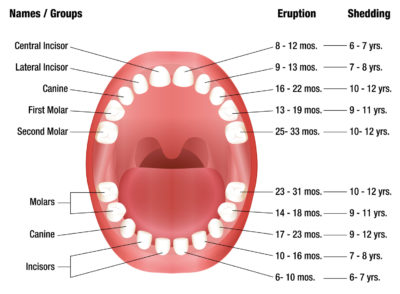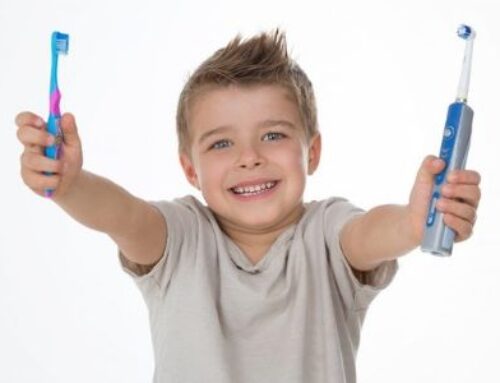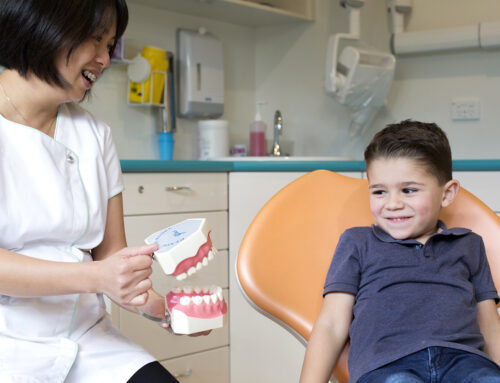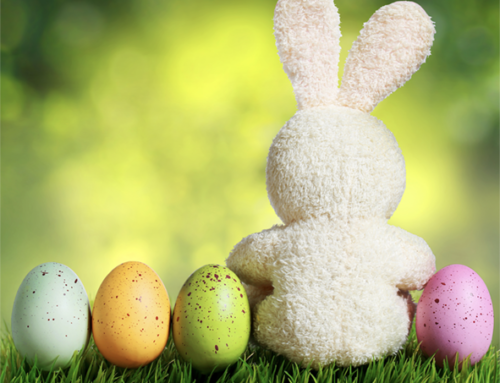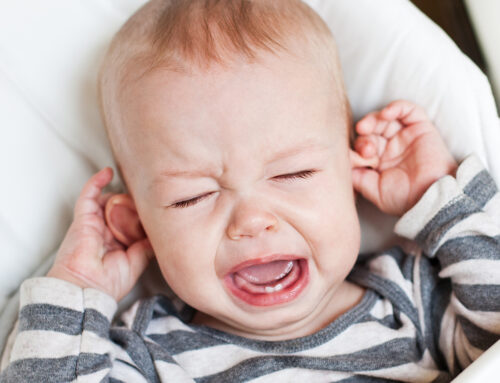SHARK TEETH is a term used to describe the situation when the permanent adult teeth are coming up behind the baby teeth before they have fallen out, resulting in a double row of teeth that’s often concerning for both kids and parents. This usually occurs between the ages of 5-7 years old. Commonly seen on the lower incisors (bottom front teeth) but can also happen when the upper incisors or primary molars grow in.
How are baby teeth replaced? As the adult teeth erupt out of the gums it will encourage the roots of the baby teeth to dissolve.
With SHARK TEETH, the roots have not dissolved quickly enough resulting in two rows of teeth.
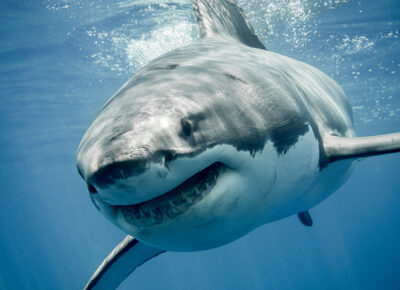
Typically, it is only a matter of time before the adult teeth naturally replace it hence, in most cases no treatment is necessary.
Encourage your child to wiggle the baby tooth daily (with their finger or tongue) to loosen it to avoid it causing discomfort to your child when eating.
In some cases, you may notice the adult teeth are almost at the same height as the baby teeth and there is still limited movement in the baby teeth or they may become sore, irritable and inflamed. When this happens, you should bring your child in to have it checked at the dentist where they may need a little help to have the baby tooth extracted.
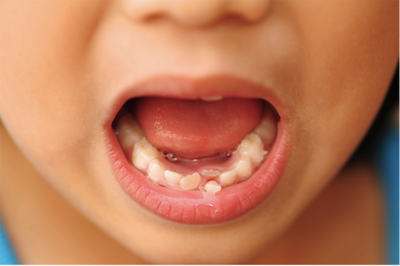
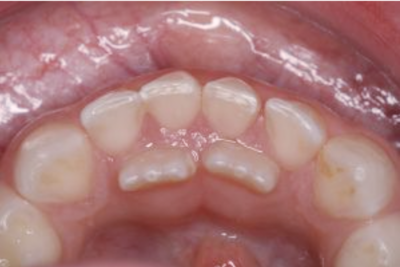
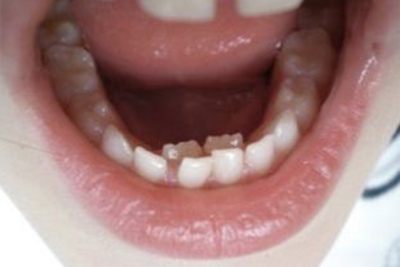
STILL WORRIED… ASK YOURSELF THESE QUESTIONS!
1. How old is my child and are they in the tooth loss time frame?
2. Is the baby tooth starting to wiggle?
3. Am I worrying about it more than my child?
If you answered yes to these questions, all will probably be ok! However, if you are at all concerned do not hesitate to call us on 03 93728960 or BOOK AN APPOINTMENT to see any of our caring dentists or oral therapists.
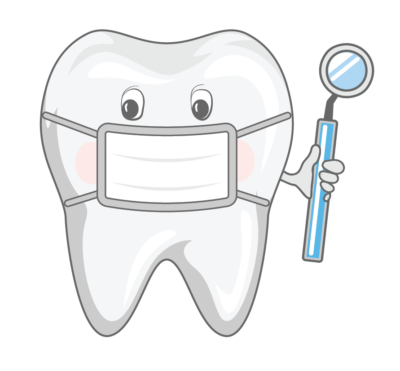
OUR FREQUENTLY ASKED QUESTIONS!
USEFUL DENTAL RESOURCES AND FURTHER READING
A great little video explaining “Shark Teeth” or Double Parked Teeth!
And something fun for the kids to create, you can even add the extra teeth 🙂
Thanks to our wonderful Oral Health Therapist, Tu-Anh.
She works at the Essendon clinic.
If you would like to talk to her or any of our amazing team, about this or any other questions you may have, please contact us on 03 9372 8960.

